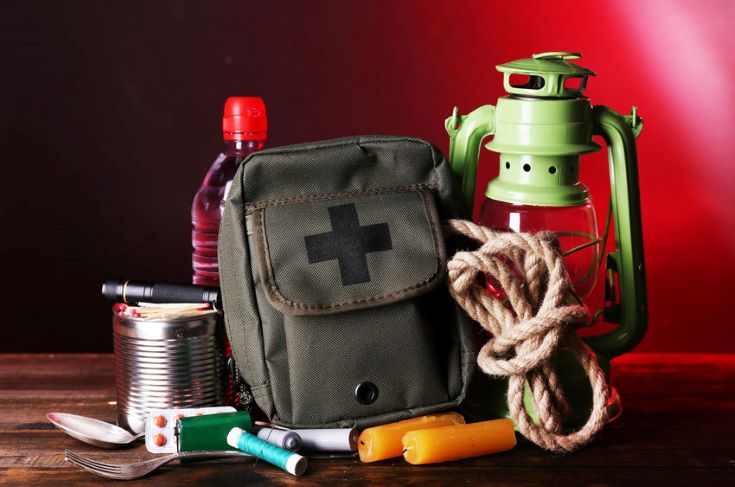New course on disaster health for public and professionals
The Uniformed Services University (USU) of the health sciences is the US military’s centre of excellence in research and practice for many different public health related disciplines, writes Rob Fagan. As such, it offers a number of health sciences educational programs open to military and/or civilian students. One of their institutions is the National Center for Disaster Medicine and Public Health (NCDMPH).

The NCDMPH is not only one of the leaders in research, empowering scientists and educators to protect our health from disasters, but it also specialises in promoting cutting edge techniques for the community. An example of this is its involvement in Stop the Bleed (StB) education and training which brings lifesaving trauma techniques to laypersons with quick, understandable, easy to use procedures. It prioritises bleeding, does not mince words on how to save lives in an attack or disaster, and is upfront about the results and consequences.
With the same ideas of engaging wider audiences in important topics, the NCDMPH has announced a new online course. This course covers a variety of disaster health topics, such as personal or family preparedness, communication, ethical and legal issues encountered in disasters. While intended for a wide range of health care professionals, it also caters for the general public. It offers those outside the health care profession to take a snapshot view of the professional roles and education of our disaster response counterparts, allowing an insight into the fields of response and recovery. It is also designed to appeal to planners and mitigators when forecasting for larger events in communities. The course has been advertised to a rather closed audience, but therein lies the utility of your Crisis Response Journal subscription! CRJ breaks down walls and barriers, promotes networking, and helps us all to think globally while acting locally.
Train today; live tomorrow!
image: belchonock| 123rf
Robert Fagan, 20/05/2019